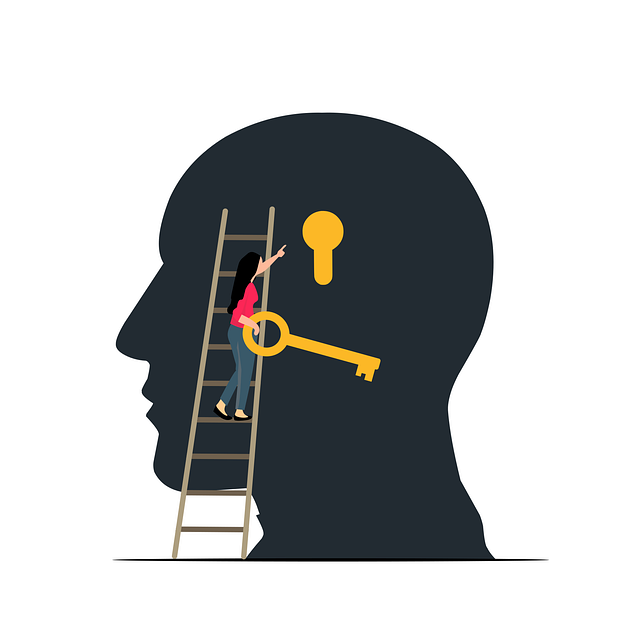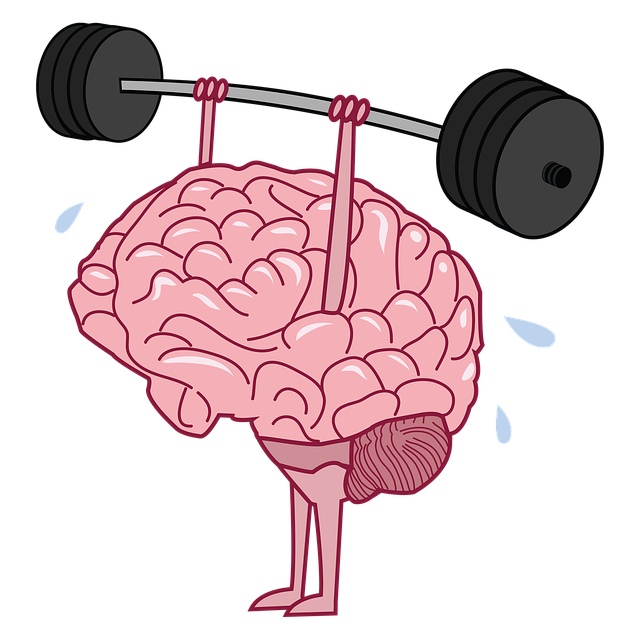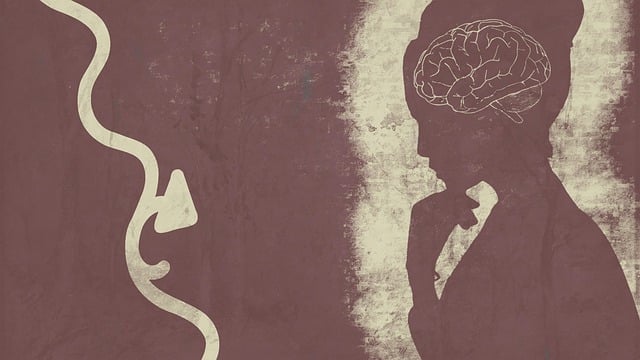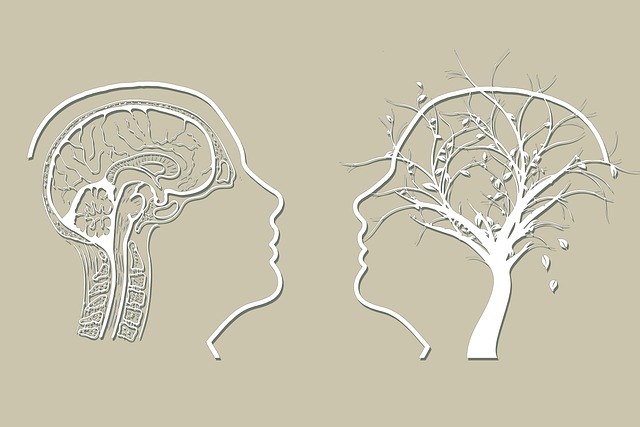Cultural competency in healthcare, especially for therapy addressing chronic pain, is key to improving patient engagement and outcomes. Diverse populations hold unique cultural beliefs that influence pain management. Healthcare providers must demonstrate sensitivity to create supportive environments fostering open communication and trust. Tailoring treatment plans according to individual cultural backgrounds ensures effective care. Cultural competency training programs, including immersive role-playing scenarios and burnout prevention strategies, bridge gaps and foster understanding among healthcare professionals. Implementing these programs within organizations involves strategic planning, continuous improvement, and tailored education focusing on empathy, bias challenge, and enhanced clinical skills, particularly in therapy for chronic pain and mental health.
“Cultural competency training is transforming healthcare, especially in the realm of chronic pain therapy. This essential program equips providers with skills to understand and bridge cultural gaps, ensuring effective treatment for diverse patients.
Our article delves into the significance of cultural competency, offering insights on why it’s crucial for chronic pain management. We explore evidence-based strategies for designing training programs that foster empathy and knowledge. Furthermore, we provide implementation tips and continuous improvement methods to create lasting change in healthcare settings, ultimately enhancing patient outcomes in therapy for chronic pain.”
- Understanding Cultural Competency in Healthcare: Why It Matters for Chronic Pain Therapy
- Designing Effective Training Programs to Bridge Cultural Gaps
- Implementation and Continuous Improvement Strategies for Lasting Change
Understanding Cultural Competency in Healthcare: Why It Matters for Chronic Pain Therapy

Cultural competency is an essential aspect of healthcare that often receives significant attention when discussing patient care and outcomes. In the context of chronic pain therapy, understanding cultural nuances is crucial as it can greatly impact a patient’s willingness to engage in treatment and their overall experience. Chronic pain conditions are complex and often require long-term management, making the therapeutic relationship critical to a patient’s success. Healthcare providers who demonstrate cultural sensitivity create an environment where patients feel heard, respected, and understood, fostering trust and encouraging open communication.
This is particularly significant when working with diverse populations, as cultural beliefs and practices can influence pain perception, coping mechanisms, and treatment preferences. For instance, some cultures may prioritize holistic approaches, such as Mindfulness Meditation or alternative therapies, while others might be more inclined to seek Self-Esteem Improvement techniques or specific Communication Strategies. By being aware of these differences, healthcare professionals can tailor their treatment plans, ensuring that the therapy for Chronic Pain is not only effective but also culturally sensitive and acceptable to the individual’s background and values.
Designing Effective Training Programs to Bridge Cultural Gaps

Designing effective cultural competency training programs is essential to bridging gaps and enhancing healthcare delivery. These programs should go beyond surface-level awareness, focusing on immersive experiences that encourage empathy and understanding. Incorporating scenarios based on real-life challenges faced by diverse patient populations can be a powerful tool. For instance, role-playing sessions could simulate interactions with patients from different cultural backgrounds struggling with chronic pain, enabling healthcare providers to practice tailored communication strategies for therapy and stress management.
Integrating burnout prevention strategies for healthcare providers is crucial within these training frameworks. By teaching mental wellness journaling exercises and providing guidance on self-care practices, participants can develop resilience against the demanding nature of their work. This holistic approach not only addresses cultural competency but also ensures that healthcare professionals are equipped to handle diverse patient needs while maintaining their own mental wellness, thereby potentially improving outcomes in therapy for chronic pain and other health conditions.
Implementation and Continuous Improvement Strategies for Lasting Change

Implementing cultural competency training within healthcare organizations is a transformative process that requires strategic planning and sustained effort to achieve lasting change. A successful approach involves a multi-faceted strategy, starting with comprehensive education programs tailored to address specific cultural needs. These initiatives should be designed to foster empathy, challenge biases, and enhance clinical skills, especially in areas like pain management and mental health. For instance, training sessions can incorporate case studies related to therapy for chronic pain, highlighting diverse patient experiences and adaptive treatment approaches.
Continuous improvement is pivotal to sustaining these efforts. Organizations should encourage open dialogue, gather feedback from both staff and patients, and regularly evaluate the effectiveness of training programs. By integrating this feedback into future iterations, healthcare providers can refine their practices, ensuring they remain culturally responsive and adaptable. Additionally, promoting a culture of reflection through Mental Wellness Podcast Series Production or similar initiatives can empower healthcare professionals to share insights, learn from peers, and continue growing in their cultural competency journey.
Cultural competency training is a game-changer in healthcare, especially for chronic pain therapy. By designing effective programs that bridge cultural gaps, we can ensure better patient outcomes and more meaningful interactions. Implementation strategies should focus on continuous improvement, fostering an environment where learning and adaptation are prioritized. This approach not only enhances the quality of care but also creates a more inclusive and compassionate healthcare system tailored to diverse patient needs, ultimately improving access and satisfaction in therapy for chronic pain.














